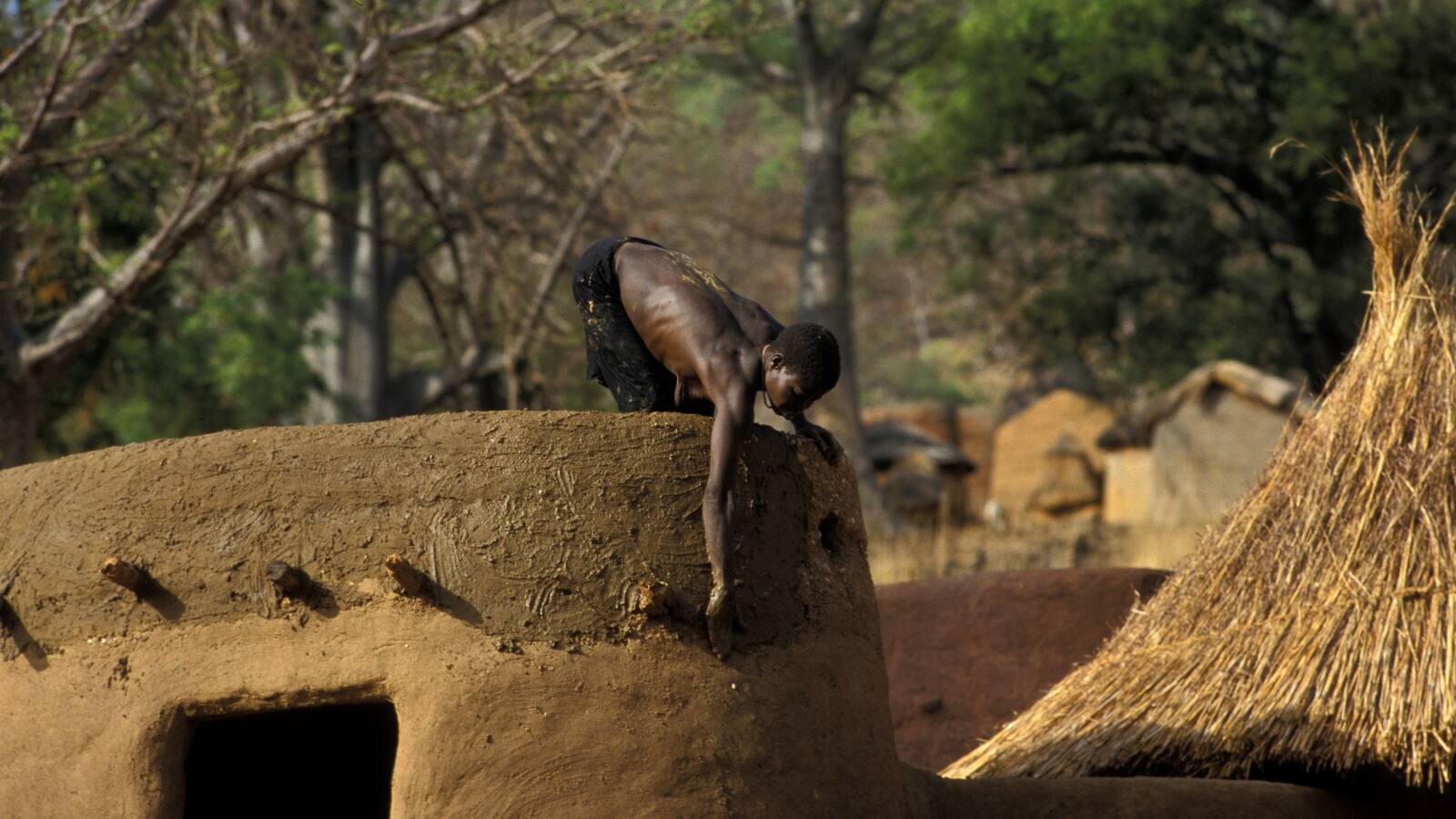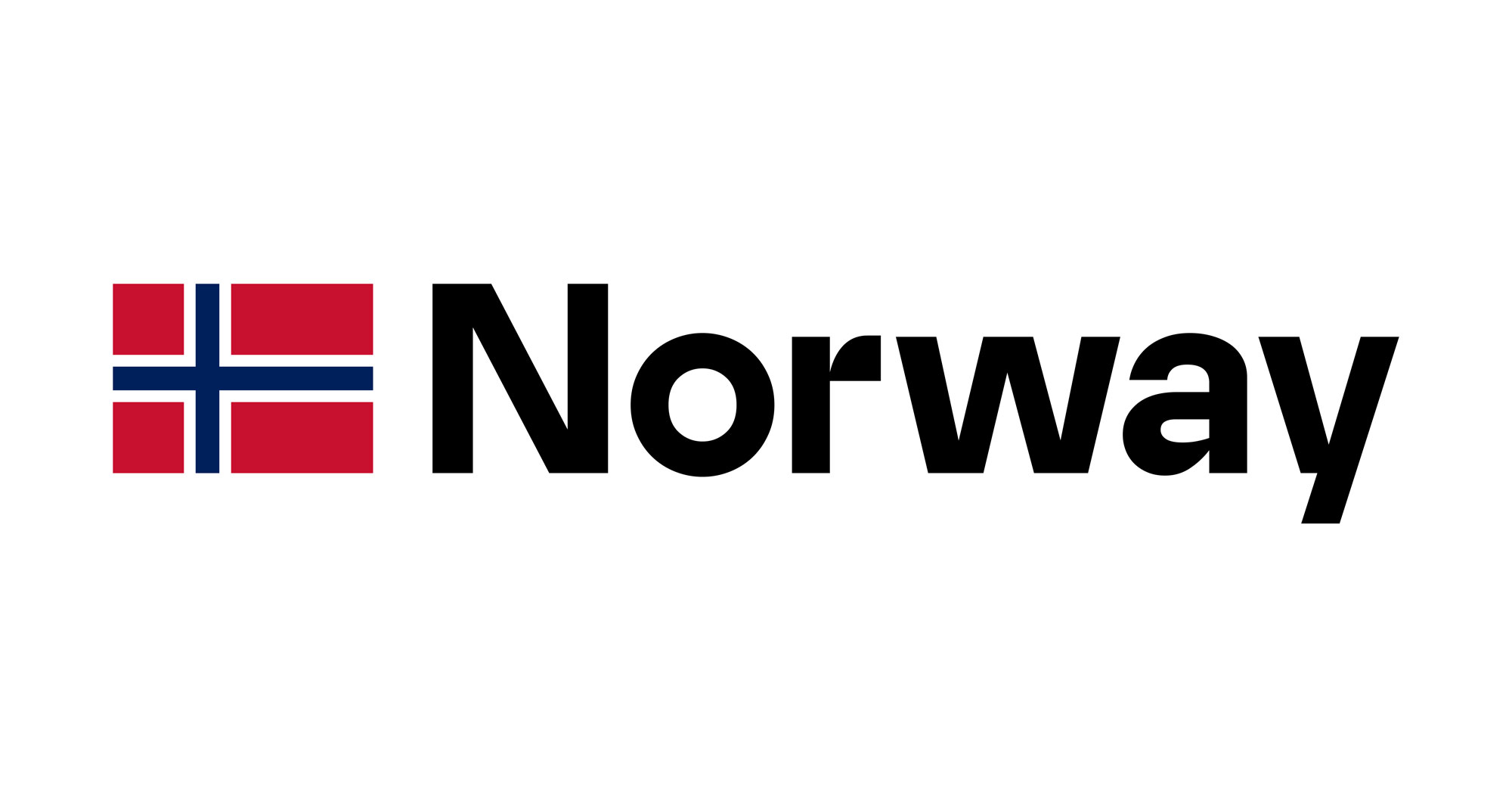Following the collapse of several Sikien during the rain season in 2018, an on-site emergency mission was carried out by UNESCO from 19-24 October 2018 to assess the extent of the damages caused. The mission resulted in the adoption of Decision 43 COM 7B.112 by the World Heritage Committee at its 43rd session (Baku, 2019), which identified the following needs for the site:
- Resolution of management problems related to a lack of human, material and financial resources, as well as insufficient legal and legislative frameworks;
- Update, finalisation, and validation of the management plan, including a risk management plan;
- Delimitation of the property and its buffer zone;
- Inventory of the Takienta and attributes contributing to the property’s Outstanding Universal Value.
These points have been addressed in the first phase of the project, expected to end in August 2021.
The Decision also reports that the emergence of new forms of constructions, including administration facilities, have had a negative impact on the Koutammakou cultural landscape, as well as the phenomena of deforestation and uncontrolled urbanisation on the site. This is particularly the case in the main city of Nadoba.
In addition, it is becoming urgent to reconcile the management and conservation of the site with the economic development needs of local communities, by enhancing economic activities such as sustainable tourism and promotion of entrepreneurship in favour of income-generating activities, and at the same time, developing planning tools that will preserve and promote the local cultural landscape.
Lastly, since the inscription of the Togolese part of the site in 2004, the States Parties of Benin and Togo have begun discussions to initiate the process of extending the inscription to Benin. Important work has been carried out in this regard in recent years, and the nomination dossier will be submitted by the State Party of Benin to the World Heritage Centre in January 2021. It will therefore be important to enhance transboundary cooperation between Benin and Togo in order to foster reinforced conservation and management of the site in its entirety.
Objectives
The main objectives of phase II of the project are the following:
- Develop management and planning instruments to support sustainable conservation, effective management and promotion of the local cultural landscape using HUL approaches;
- Develop regulations and guidelines to harmonise urban development, planning, and construction around the Koutammakou cultural landscape;
- Promote sustainable tourism and entrepreneurship in favour of income-generating activities;
- Enhance transboundary cooperation.
Main activities
- Development of local management and development plan to supplement the implementation of the Nadoba’s master plan
- Development of guidelines and architectural regulation to guide urban development around Nadoba
- Research on improved housing prototypes combining traditional qualities and modern needs
- Creation of itineraries for tourist visits
- Capacity-building of small entrepreneurs (tourist guides)
- Development of joint management plan
Partners
State Party of Togo, École du patrimoine africain (EPA), CRAterre.
This project is made possible thanks to the financial support of
the Norwegian government.
Decisions / Resolutions (1)
The World Heritage Committee,
- Having examined Document WHC/19/43.COM/7B,
- Recognizes the responsiveness of the State Party following the severe weather of 2018 that caused the destruction of several Takienta in requesting the organization of an emergency mission to the site and initiating restoration work on the damaged Takienta;
- Regrets, however, that the State Party did not inform the World Heritage Centre of the destruction of several Takienta during the 2018 rainy season;
- Expresses deep concern at the destruction of several Takienta according to the findings of experts from the World Heritage Centre emergency mission in October 2018, and urges the State Party to provide more details on Takienta restoration measures underway, in particular with regard to the extent of the damage, the state of progress of the work, the actors involved and the financial resources deployed for these activities;
- Notes the existence of management problems related to a lack of human, material and financial resources, as well as insufficient legal and legislative frameworks, and requests the State Party to provide the conservation service of the site with adequate resources and legal and legislative frameworks;
- Also noting that the 2016-2026 Management Plan for the site has not yet been validated by the State Party and therefore is still not in force, also urges the State Party to finalize and validate the Management and Conservation Plan including a risk management plan, by first updating it according to the recommendations made by the experts outlined in the October 2018 emergency mission report, and to submit the revised version for consideration by the World Heritage Centre and the Advisory Bodies;
- Also expresses its concern about the emergence of new forms of construction, including administration facilities, having a negative impact on the Koutammakou cultural landscape, and the phenomena of deforestation and uncontrolled urbanization on the site;
- Also requests the State Party to delineate the perimeter of the property and its buffer zone and submit to the World Heritage Centre an updated map of the property;
- Further requests the State Party to develop an inventory of Takienta and the attributes that contribute to the Outstanding Universal Value (OUV) of the property as a whole, including mapping, and submit them to the World Heritage Centre for consideration by the Advisory Bodies;
- Requests furthermore the State Party to invite a joint World Heritage Centre/ICOMOS/ICCROM Reactive Monitoring mission to the property to assess the state of conservation of the property, as well as the state of reconstruction of the Takienta and the impact of new constructions and alterations to the OUV of the property;
- Finally requests the State Party to submit to the World Heritage Centre, by 1 December 2020, an updated report on the state of conservation of the property and the implementation of the above, for examination by the World Heritage Committee at its 45th session in 2021.

